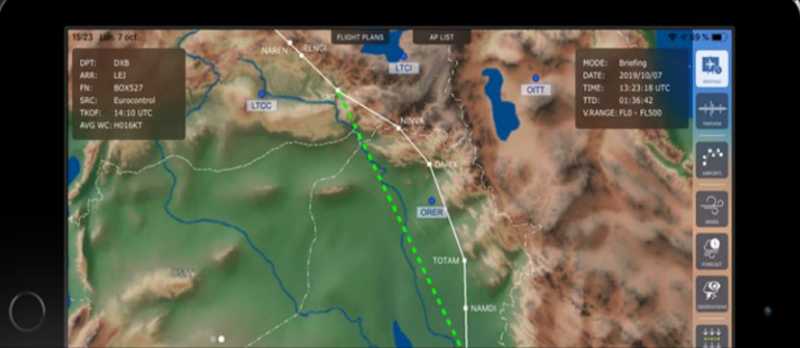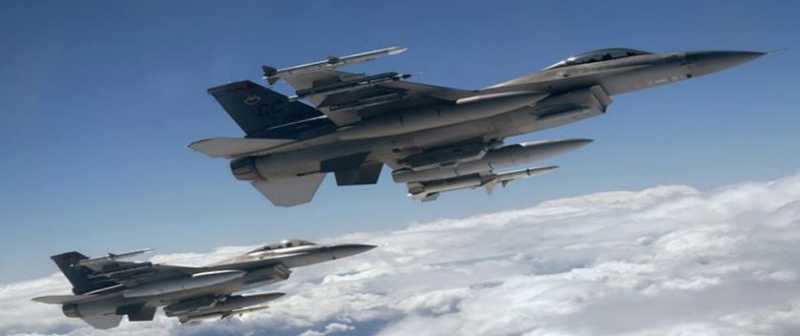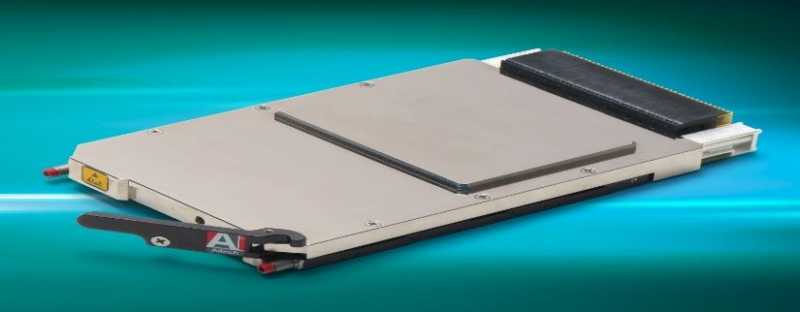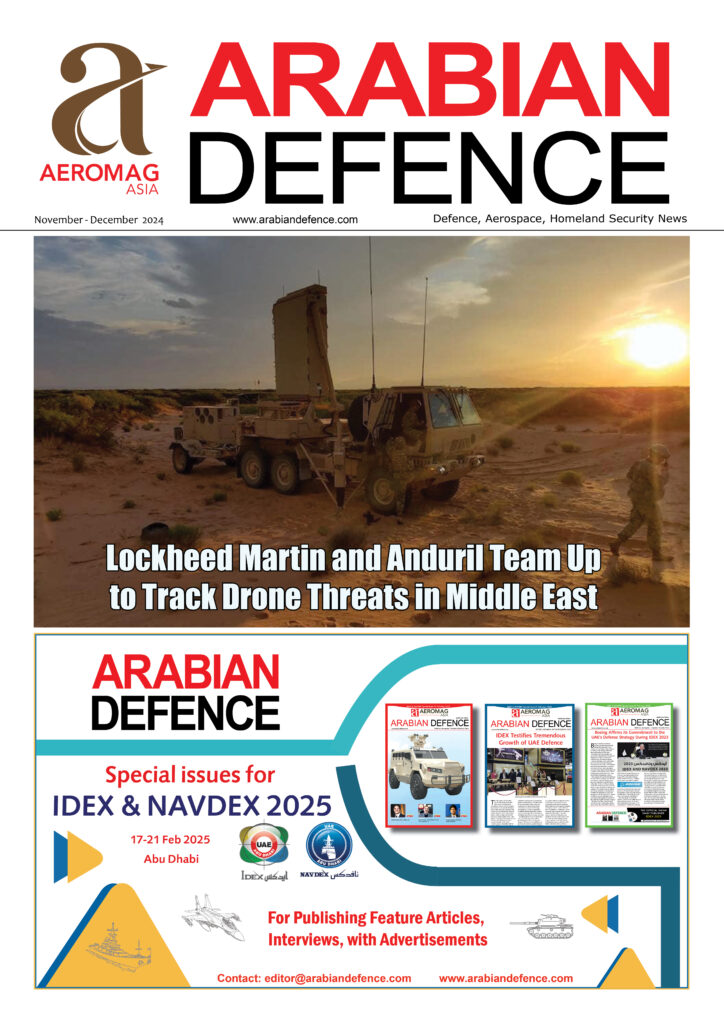
Lockheed Martin Skunk Works, in collaboration with Lockheed Martin’s Demonstrations and Prototypes organization and the University of Iowa’s Operator Performance Laboratory (OPL), has successfully demonstrated a groundbreaking crewed-uncrewed teaming mission. In a series of flight tests, a human battle manager aboard an L-39 Albatros aircraft issued real-time commands to AI-controlled L-29 Delfin jets via a touchscreen pilot vehicle interface (PVI), showcasing a new approach to air combat.
The mission simulated an offensive counter-air scenario where the airborne battle manager assigned targets to the two AI-controlled jets. These jets then coordinated to neutralize two mock enemy aircraft, utilizing simulated mission systems and weapons.
“The work we’re doing with the University of Iowa’s OPL is foundational for the future of air combat, where a family of crewed and uncrewed systems will work together to execute complex missions,” said John Clark, vice president and general manager, Lockheed Martin Skunk Works. “We’re excited to leverage our diverse skillsets to advance all elements of this new way of operating.”
These flight tests build on previous experiments that demonstrated AI-controlled air-to-ground jamming and geolocation. This year, the tests shifted to AI in air-to-air combat, where AI sends commands directly to the planes’ autopilots. This is the third test of this type and the first to include a real-time human battle manager overseeing the AI’s actions.
Skunk Works is dedicated to enabling crewed-uncrewed teaming to optimize operational flexibility, abbreviate data-to-decision timelines and improve pilot safety. We continue to invest in collaborative enablers to keep our customers ahead of emerging threats.






